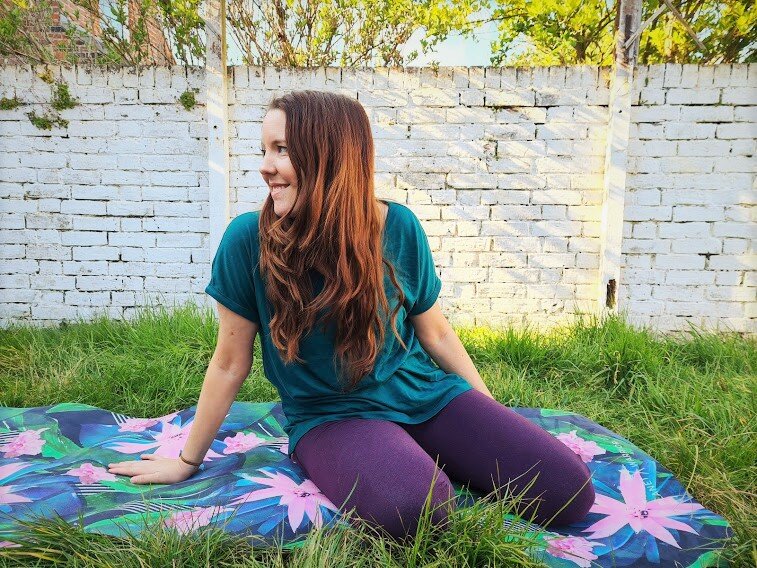Recommended News On Deciding On Bamboo Clothing
Wiki Article
How Sustainable Is Hemp In Comparison To Cotton, In Terms Of Use Of Water, Pesticides And Herbicides?
There are several reasons why hemp is considered to be a sustainable plant if you compare it to cotton in terms water usage in terms of insecticides, herbicides, and water usage.
Hemp Hemp is regarded as a crop that requires lower water needs than cotton and other crops. It is considered a drought-tolerant plant that thrives without much irrigation. Hemp can often be cultivated using rainwater in a variety of regions and is therefore a more water-efficient option.
Cottonis a commodity that is known for its high water consumption. Cotton farming requires extensive irrigation which can lead to local water shortages as well as depletion in areas with water stress. Cotton cultivation is water-intensive, which has raised concerns about its sustainable nature.
Herbicides are pesticides.
Hemp- Hemp has natural resistance to numerous diseases and pests, reducing the need for chemical herbicides and pesticides. While certain hemp crops might require limited pest management measures however, the total use of chemical inputs is much lower in comparison to other crops, including cotton. The hemp organic cultivation is non-pesticide.
Cotton - The conventional cotton farming industry rely heavily on synthetic herbicides and insecticides to fight off pests. Chemicals can have negative environmental consequences including soil and water pollution and harm to species that are not targeted as well as the development of pesticide-resistant bugs.
In the end, hemp is more sustainable than cotton, with respect to pesticides and herbicides, water use and irrigation.
Hemp typically requires less water and can often be grown with minimal irrigation or rainwater.
Hemp has a natural resistance against many insects.
Hemp farming requires less synthetic pesticides, herbicides, and fertilizers than cotton.
It is important to keep in mind that sustainable and eco-friendly practices may differ among growers and regions. The organic farming method is also a major factor in the sustainability of hemp as well in cotton, by reducing the amount of synthetic chemicals that are used and improving the health of the soil. Regarding clothing and textiles' environmental impact hemp and cotton fibres that are sustainably and organically manufactured can help reduce the fashion industry’s ecological footprint. See the most popular hemp clothing for website tips including hemp shorts mens, hemp underwear, hemp polo shirts, hemp mens jeans, hemp shorts patagonia, hemp sweatshirt, mens hemp clothing, hemp button down shirt, hemp shorts patagonia, hoodlamb jacket and more.
How Can Hemp Help Carbon Sequestration And Sustainability?
Hemp fibers could contribute to the sequestration of carbon, sustainability and crops rotation in many ways and are therefore an environmentally green choice for the textile and agricultural industries Carbon Sequestration-
Hemp has a rapid growth rate. It matures between 70 to 120 days, based on the kind of hemp and the growing conditions. In their rapid growth phase, hemp absorbs carbon dioxide from the atmosphere via photosynthesis. Carbon uptake is an important factor in carbon sequestration and reducing CO2 in the air.
Hemp produces plenty of biomass. The tall stalks of the plant and dense foliage yield a large amount of organic matter. If the biomass is put into the soil or used in various applications, this could contribute to the growth of organic matter and carbon.
Sustainability:
Hemp requires less synthetic pesticides, herbicides and herbicides than many other crops such as cotton. The hemp's natural resistance to many insects and diseases is reduced by chemical intervention. Particularly organic hemp farming is a focus on sustainability since it does not use synthetic chemicals.
Hemp has an excellent water-efficiency particularly when compared to water-intensive crops such as conventional cotton. This helps it to last longer in areas with limited water resources.
Hemp roots are deep and can aid in improving soil quality. Its roots deep can reduce runoff by stabilizing soils and improving the structure of soil. Hemp farming can increase soil microbial activities, improving soil fertility and nutrient cycle.
Hemp is a great option to incorporate in crop rotation systems. Crop rotation is the process of alternating of different crops in the same field. This practice can break the cycle of pests and diseases, reduce soil depletion and improve soil structure. Hemp's contribution to crop rotation contributes to the sustainability of farming practices.
Crop Rotation
Hemp can also be added to rotations of crops alongside other crops, like grains, legumes, or vegetables. Diversification is crucial to maintain soil health, while reducing the chance of pests or diseases specific to certain crops, and encouraging a balanced nutrient cycle.
Hemp roots penetrate soil and help aerate it which reduces compaction and improves water infiltration. After hemp, the improved soil structure help subsequent crops.
In summary hemp fibers enhance the carbon sequestration process, sustainability, and crop rotation techniques through their rapid development, production of biomass with minimal chemical requirements, high water efficiency, positive effects on soil health, and their compatibility with crop rotation methods. These attributes make hemp production sustainable and a regenerative farming practice. The resultant fibers are suitable for use in textiles and other environmentally friendly applications. See the top straight from the source about hemp clothes for site info including jungmaven clothing, hemp clothing womens, hemp t shirts wholesale, mens hemp clothing, patagonia hemp vest, hemp shorts, hemp coat, hemp clothing womens, dash hemp clothing, organic hemp fabric and more.

What's the difference between hemp fibre and bamboo fiber?
Both bamboo and hemp fibers are plant-based fibres that are utilized to make textiles. Each one has distinctive characteristic and properties. These are the main differences in hemp and bamboo fibers. Plant Source-
Hemp- Hemp fibres are formed from the outer layer of stalks. Hemp is an adaptable and fast-growing crop that has been used in various ways for centuries.
Bamboo fibers are made from bamboo pulp. Bamboo is a grass that grows quickly and is renowned for its long-lasting qualities.
2. Fiber Characteristics
Hemp- Hemp fibres are recognized as strong and durable. They are some of the strongest natural fibres, and they soften after every wash. This makes them ideal for durable textiles.
Bamboo bamboo is a soft, silky fiber. The fibers are not as strong than hemp, but they are also more delicate. But they are extremely sought-after for their comfort when used on the skin.
3. Texture & Feel
Hemp- Hemp fabric has an extremely rough and textured feeling, particularly in its natural state. It is very comfortable, however it is a completely different texture from bamboo.
Bamboo- Bamboo fabric feels soft, silky and incredibly soft. It is often thought of as a mixture of silk and twill. This makes it very cozy.
4. Breathability, Moisture Wicking and Breathability
Hemp- Hemp fibres are naturally water-wicking, breathable and allow air circulation. They absorb moisture and permit air circulation. They keep you cool and dry during hot weather.
Bamboo Fibers- Bamboo fibres have a high amount of breathability as well as moisture wicking. They contain micro-gaps, which increase their capacity to regulate humidity and temperature. This ensures that you are at ease in all environments.
5. Environmental Impact-
Hemp Hemp is a kind of fiber which is considered green due to its requirement for minimal water, grows quickly and has a good resistance to insects. It also decreases the use of herbicides and pesticides. Hemp can also eliminate carbon dioxide from atmosphere when it grows.
Bamboo is a popular choice for building materials that are sustainable. It is highly robust, it grows quickly and requires minimal water. Some bamboos are regarded as sustainable, such as Moso bamboo.
6. Processing-
Hemp- Hemp fibres need intensive processing to separate out the out the bast fibers on the outside and the inner woody core. The process may involve decorations, retting and mechanical separation.
Bamboo- Bamboo is usually created by a chemical process known as the viscose-or rayon-process. It uses chemical substances to degrade the bamboo fiber. Closed-loop systems are used to minimize the amount of chemical waste that is produced in certain bamboo textiles.
7. Versatility-
Hemp- Hemp is versatile and has many uses, including clothing, building materials, textiles.
Bamboo Fibers- Bamboo fibers have been used in clothing, textiles and other products.
Both bamboo and hemp have unique properties and offer sustainable benefits. Pick between bamboo and hemp according to the qualities and characteristics you're looking for, as well as your environmental preferences. See the most popular bamboo clothes for more info including rayon from bamboo fabric, bamboo ladies pants, bamboo fitness clothing, bamboo terry fabric, carter's bamboo pajamas, bamboo trousers mens, bamboo jeans brand, cozy earth clothes, bamboo shirt, mens boxer shorts bamboo and more.

